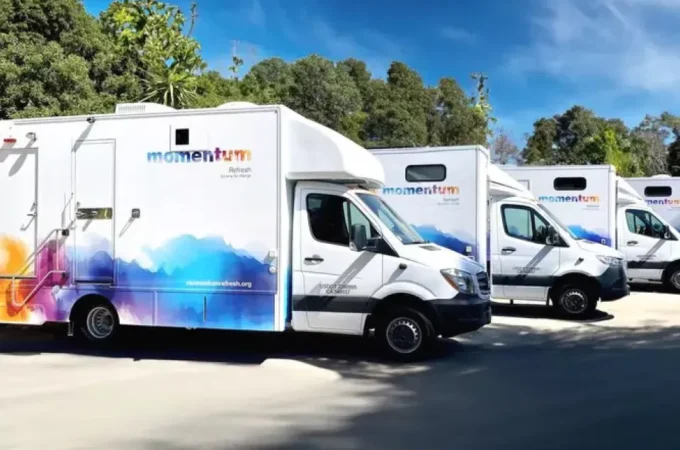
7 Steps to Take After an Auto Accident
Auto accidents can be traumatic and stressful experiences, but it is critical to remain calm and take the necessary precautions to ensure your safety and protect your rights. Here are seven steps to take following a car accident:
1. Check for injuries
As harrispersonalinjury.com explains, the first thing you should do after an accident is check yourself and any passengers in your vehicle for injuries. If anyone is hurt, call 911 right away. It is essential to check for injuries immediately, as some injuries, such as head injuries, may not be immediately apparent. Additionally, some injuries, like whiplash, may not manifest until hours or even days after the accident, so it is important to seek medical attention even if you don’t feel injured.
2. Go somewhere secure
If your car is still operable, move it to a secure location out of the way of traffic. If it’s not, turn on your hazards and stay in your vehicle. Driving your car to a safe place is important to prevent further damage and avoid blocking traffic. It is also important to keep it in your car until the police arrive, as it is considered a crime scene, and you should not interfere with the investigation.
3. Call the police
Regardless of the accident’s severity, call the police and wait for them to arrive. They will file a report, which will be important for insurance claims or legal action. The police report will provide an official record of what happened and will be used to determine who was at fault. It will also be useful in any legal action, as it will be evidence in court.
4. Gather information
Exchange contact and insurance information with the other driver. Also, take note of the make and license plate number of the other vehicle, as well as the location of the accident. Be sure to also gather contact information from witnesses who saw the accident. This information will be important for insurance claims and legal action.

5. Document the scene
Take pictures of the damage to your vehicle, the other car, and the location of the accident. These will be important for insurance claims and legal action. Take pictures from different angles and include close-ups of any damage. If you have a dash camera, it can also be helpful to have footage of the accident.
6. Contact your insurance company
Report the accident to your insurance company immediately. They will guide you through the claims process and help you get the necessary repairs done. Be sure to have all the information you gathered ready when you contact your insurance company. This will make the claims process go more smoothly.
7. Seek medical attention
Even if you don’t feel hurt, you should still get help as quickly as you can. Some injuries may not be immediately apparent and can develop later on. Additionally, if you wait too long to seek medical attention, it may be easier to prove that your injuries were caused by accident.
It’s essential to remember that you have the right to seek legal representation if you feel that the other driver was at fault for the accident. A personal injury lawyer can help you navigate the legal process and ensure that your rights are protected. They can help you gather evidence, negotiate with insurance companies, and represent you in court if necessary.




